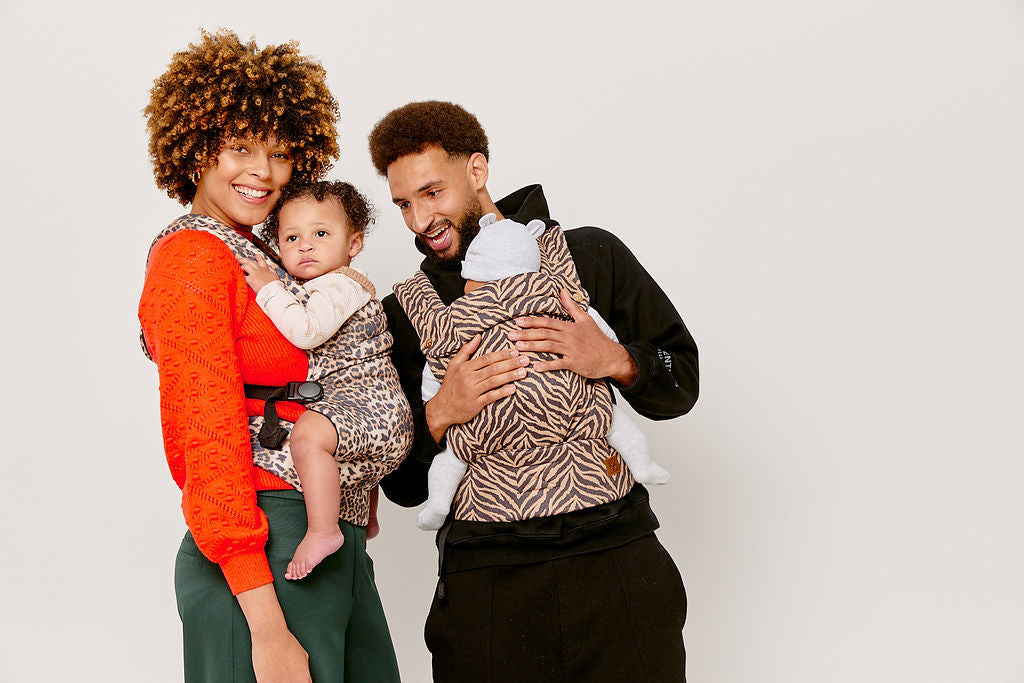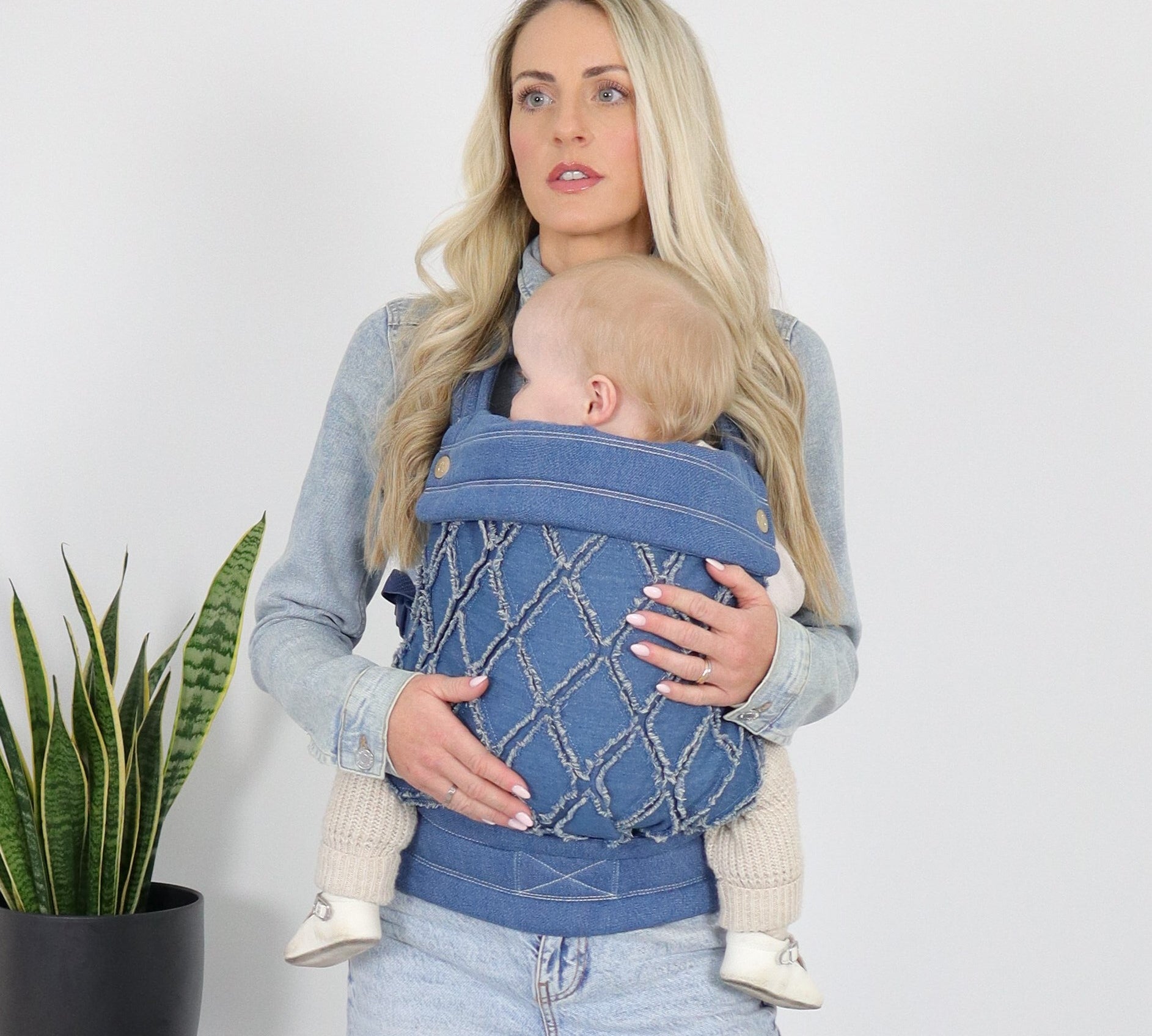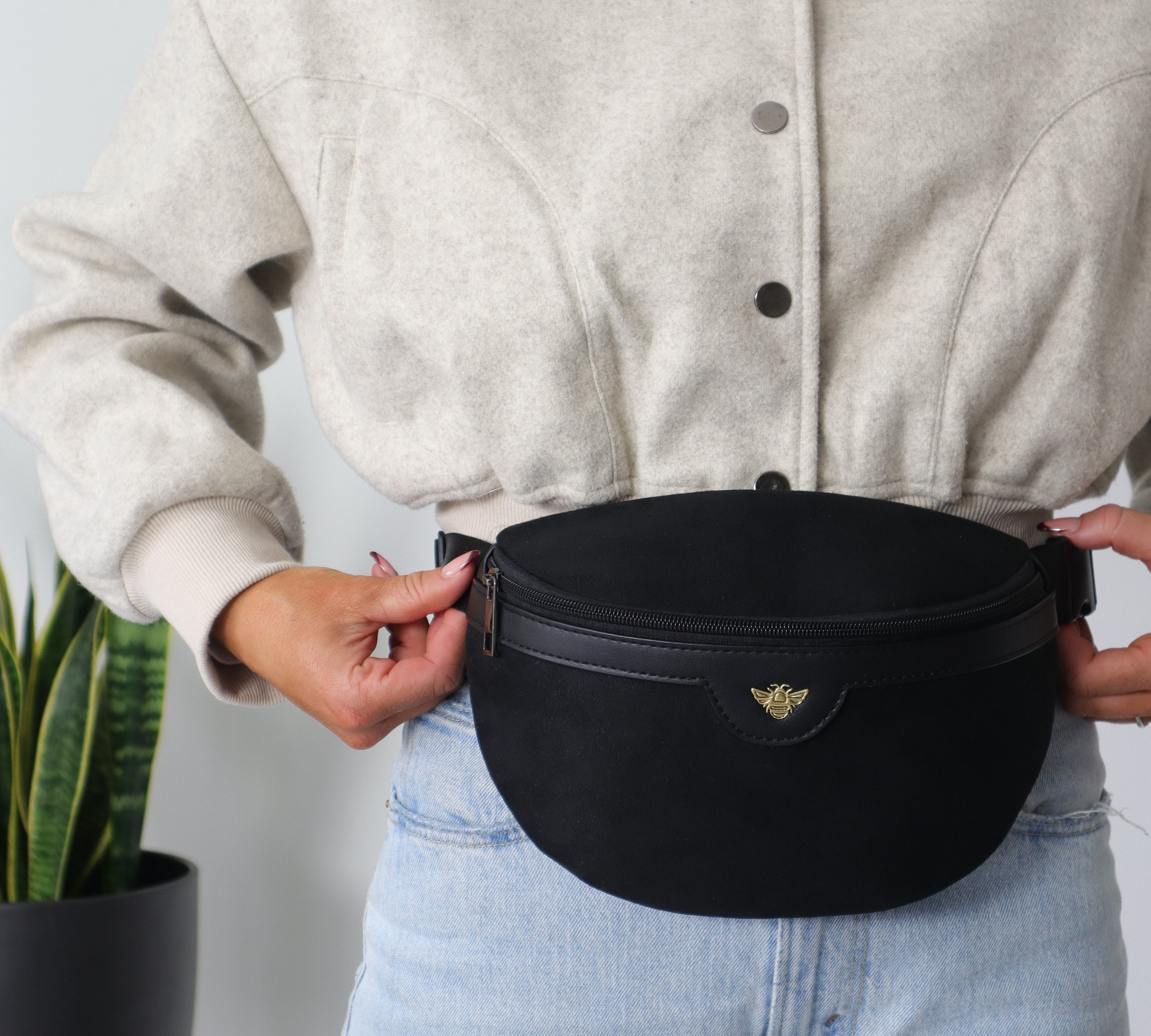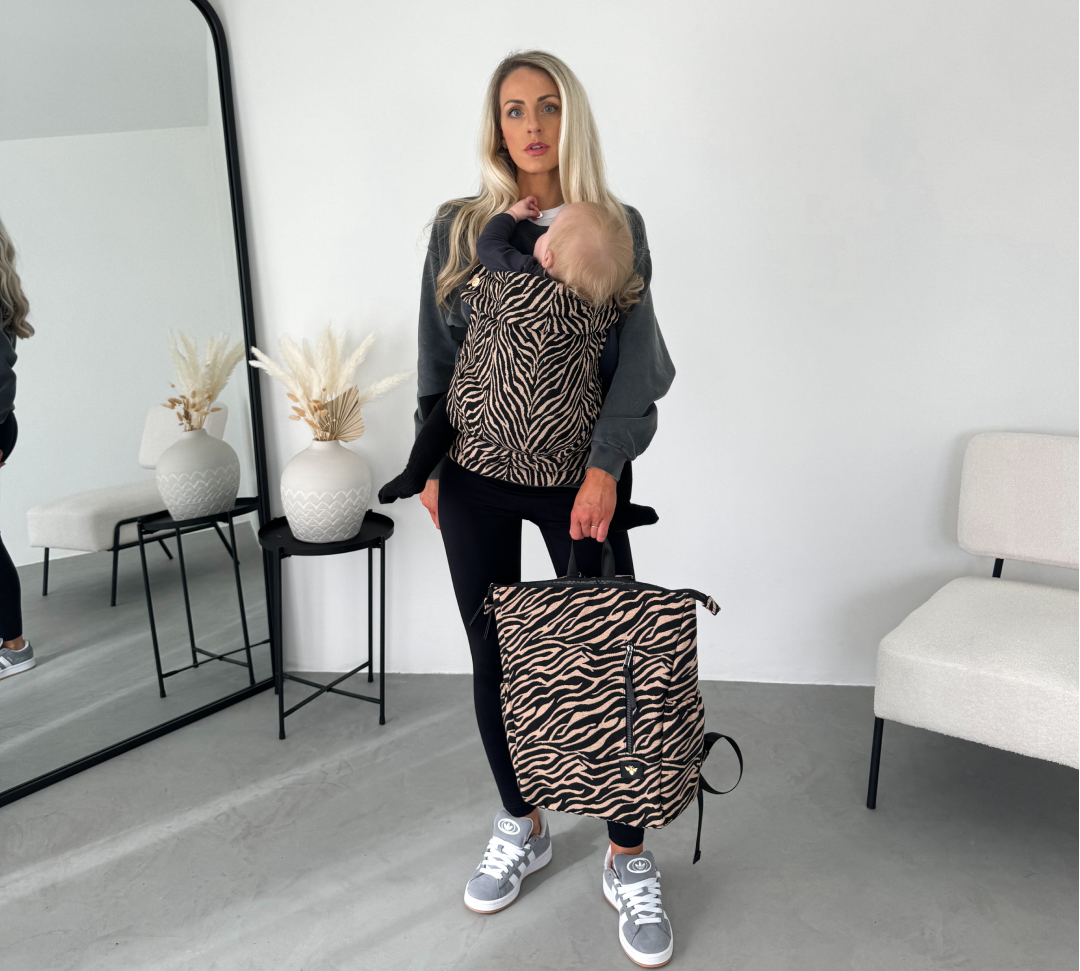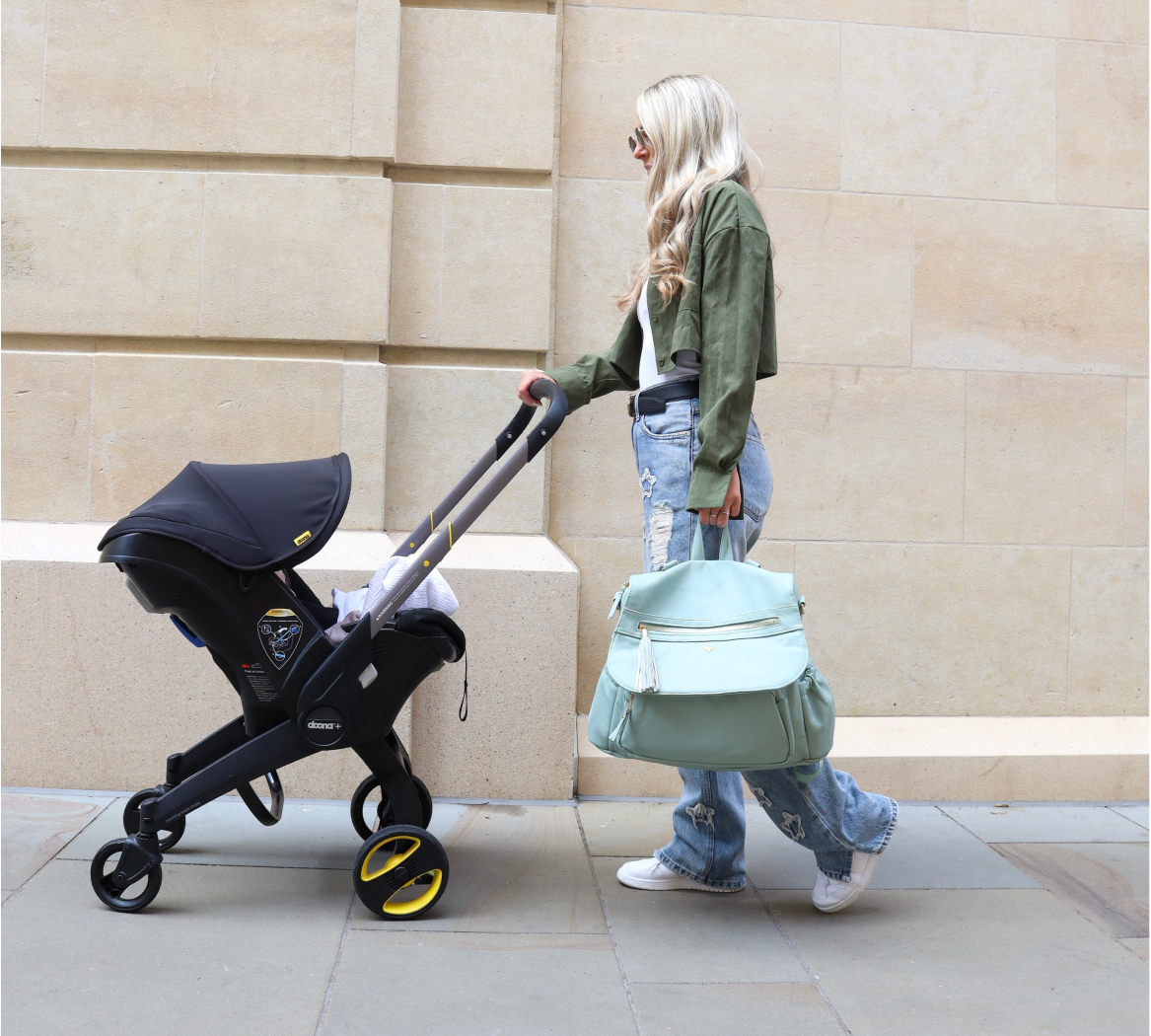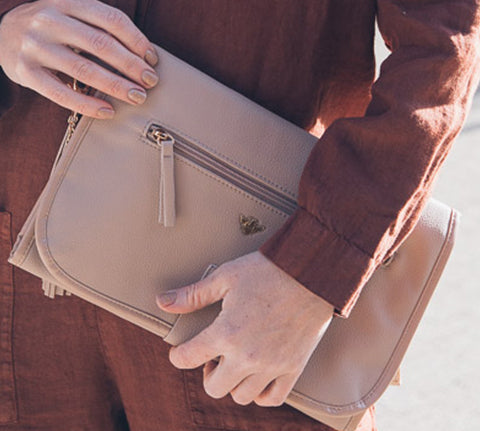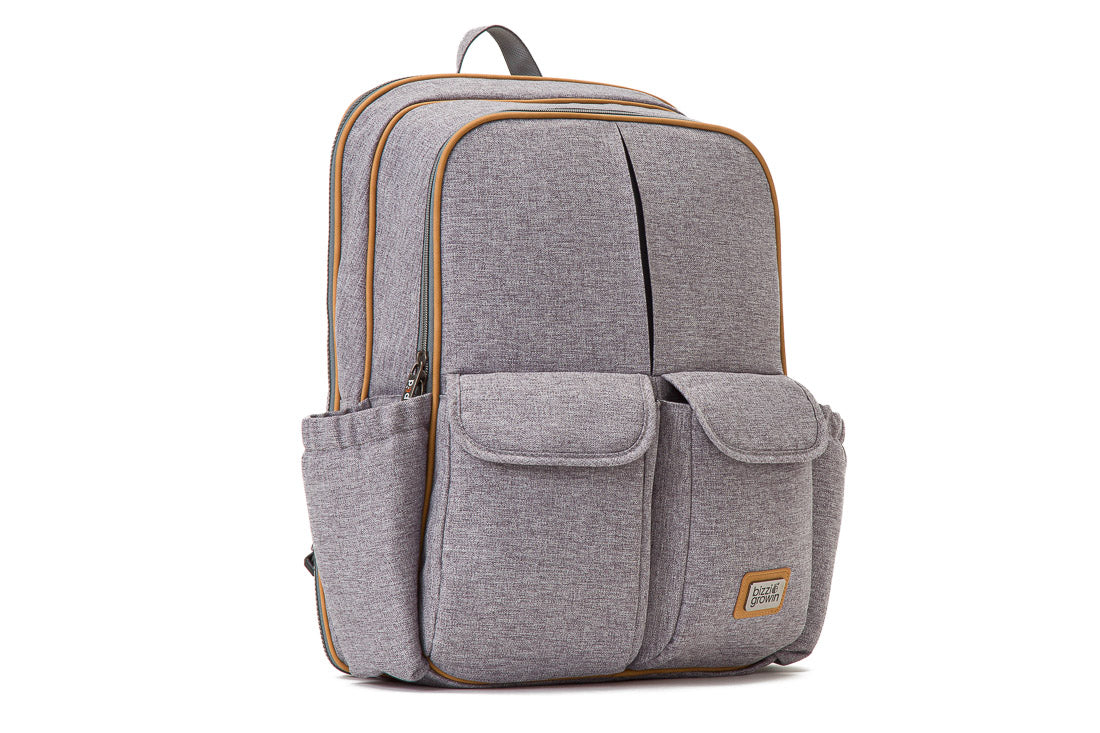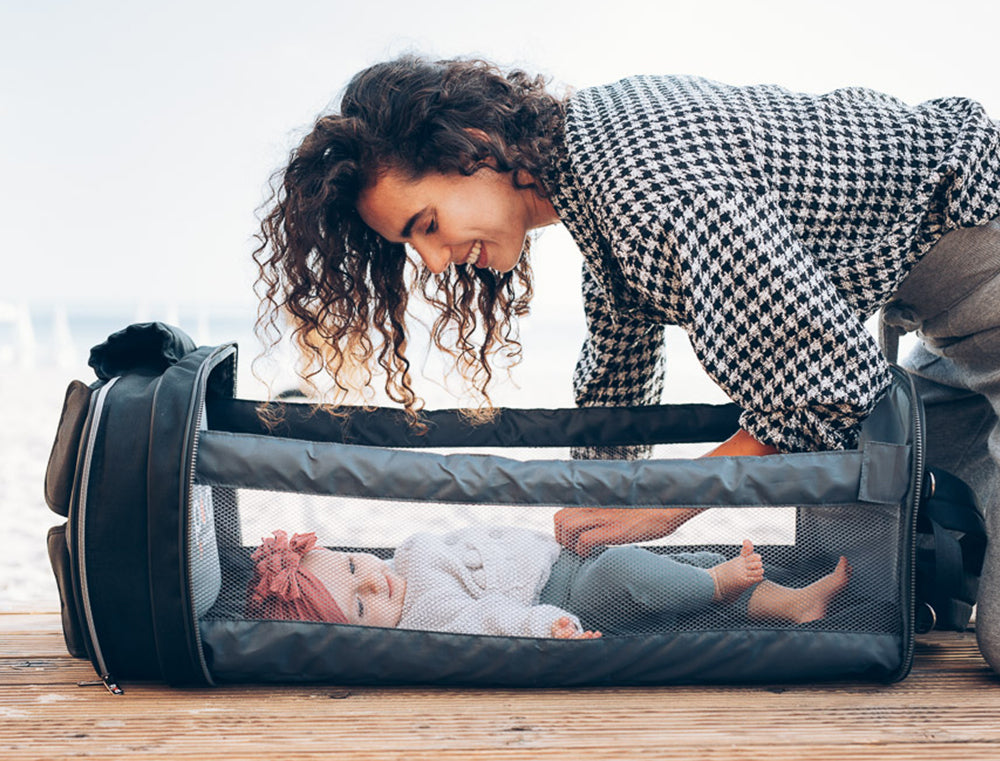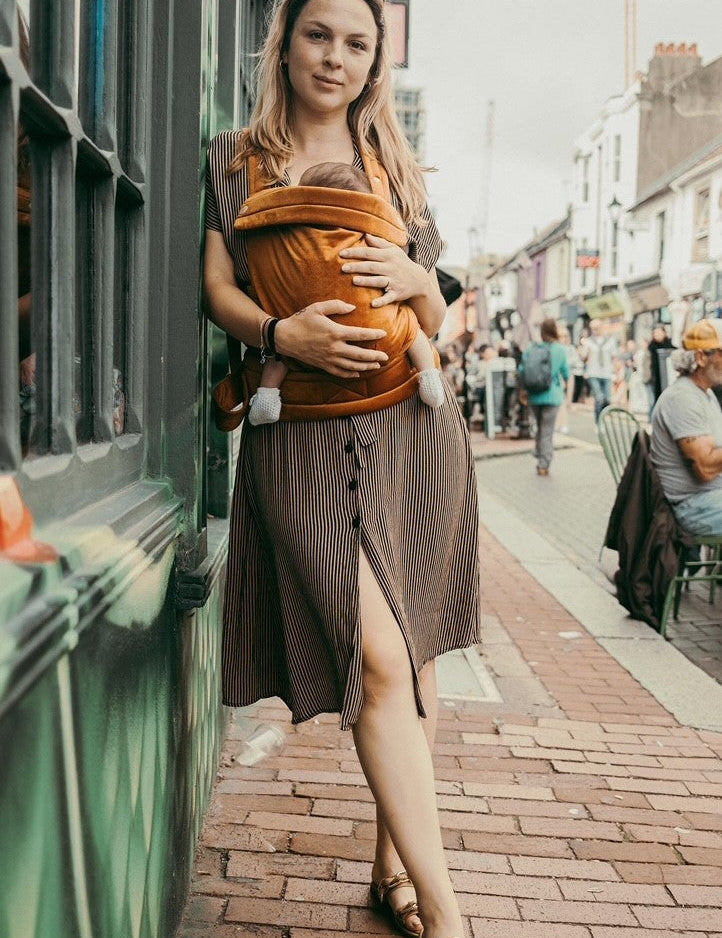Babywearing is a fantastic way to keep your little one close while offering convenience for parents. However, as babies grow, particularly during growth spurts, their needs and comfort levels change. Ensuring your baby carrier is adjusted correctly can make all the difference in keeping both baby and parent comfortable while maintaining safety and ergonomic support.
In this guide, we’ll explore how to adapt babywearing for different growth stages, when to adjust your carrier, and the best carriers available from Bizzi Growin to ensure maximum comfort through each stage of development.
Recognising Growth Spurts in Babies
Babies experience several growth spurts in their first year, usually around:
-
2 to 3 weeks
-
6 weeks
-
3 months
-
6 months
-
9 months
During these phases, your baby may seem hungrier, fussier, and more restless as their body rapidly changes. You may notice that your baby suddenly feels heavier or their legs seem longer when in their carrier. These changes mean adjustments in babywearing are necessary to maintain their comfort and healthy development.
How to Adjust Your Carrier for Growth Spurts
1. Ensure the M-Shape Position Remains Correct
As your baby grows, their leg positioning will naturally change. The M-shape position (where the knees are higher than the hips) is crucial for hip healthy development and prevents hip dysplasia.
-
For newborns, their legs are naturally tucked in, but as they grow, they should spread wider in the carrier.
-
Adjust the seat width of the carrier to ensure the baby’s thighs are well supported without dangling.
Carriers such as the Bizzi Growin NOMAD Baby Carrier are designed to transition seamlessly with your baby's growth, offering adjustable seat widths to maintain the M-shape positioning.
2. Adjusting the Straps for Weight Balance
With each growth spurt, your baby will become heavier, requiring adjustments to distribute the weight balance effectively.
-
Tighten the straps to bring your baby closer to your body, reducing strain on your shoulders and back.
-
Ensure the shoulder straps are well padded and adjusted so they sit comfortably without pulling.
-
If you’re using a front-facing baby carrier, make sure the support remains strong, particularly for older babies who are looking outward.
The Bizzi Growin Front Facing Baby Carrier provides multi-position carrying options, ensuring a smooth transition as your baby grows.
3. Check for Head and Neck Support
Babies' neck muscles strengthen significantly around 3 to 4 months, meaning adjustments in head support are essential.
-
Newborns need firm neck support, which should be fully provided by the carrier.
-
As they develop better head control, you may need to loosen the support slightly to give them more movement.
-
When your baby can sit upright independently (around 6 months), full head support is less necessary, but the carrier should still provide upper back support.
If you’re carrying a newborn, ensure you choose a newborn baby carrier with a structured headrest for safety and comfort. At all ages make sure the top of the structured carrier supports baby at the nape of the neck
Signs You Need to Adjust Babywearing for Comfort
If your baby seems uncomfortable in their carrier, here are some common signs that an adjustment is needed:
-
Baby’s legs are dangling instead of being well-supported in the M-shape.
-
Baby arches their back or seems unsettled when in the carrier.
-
Baby’s face is too low or too high on your chest, affecting their breathing.
-
Carrier feels too tight or too loose, impacting support and safety.
-
Parent experiences discomfort in their shoulders, back, or hips.
Regularly assessing your baby's positioning and comfort ensures they remain happy and babywearing remains enjoyable for you both.
Choosing the Right Carrier for Long-Term Comfort
The right baby carrier can grow with your baby, making adjustments for growth spurts easier. At Bizzi Growin, our range of carriers offers:
-
Adjustable seat widths and strap settings for long-term use.
-
Multi-position carrying for different growth stages.
-
Breathable and soft fabrics for maximum comfort.
-
Stylish designs, including animal print carriers and gender-neutral colours.
If you're looking for a stylish yet ergonomic option, the Bizzi Growin Animal Print Carrier offers a fashionable yet highly supportive design for growing babies.
When to Transition from a Baby Carrier to Other Methods
While babywearing is beneficial, there comes a time when transitioning to a stroller or other methods might be necessary.
-
Most baby carriers support babies up to 15-20kg. Check your carrier’s weight limits.
-
If your baby resists being carried for longer periods, they may prefer more movement and independence.
-
If your child can walk confidently, switching between babywearing and independent walking is ideal.
However, many toddlers still enjoy babywearing, especially for naps, long walks, or crowded places. The Bizzi Growin Front Facing Baby Carrier allows for continued toddler wearing with proper adjustments.
Final Thoughts: Enjoying Babywearing Through Every Stage
Babywearing through growth spurts is a fantastic way to comfort, soothe, and bond with your baby. However, adjustments are key to maintaining their comfort and your own well-being.
By ensuring:
✅ Proper M-shape positioning for hip health
✅ Adjusted straps and weight distribution
✅ Adequate neck and back support
✅ Regular comfort checks for both baby and parent
…you can enjoy the benefits of babywearing for months (or even years) to come!
At Bizzi Growin, we offer a range of baby carriers designed to support your little one through every stage of growth.
Explore our collection today at Bizzi Growin and make babywearing comfortable, safe, and stylish!

